iPhone 14 upgrade guide — who should upgrade from their current iPhone?
Now that the iPhone 14 is out, here's who should upgrade
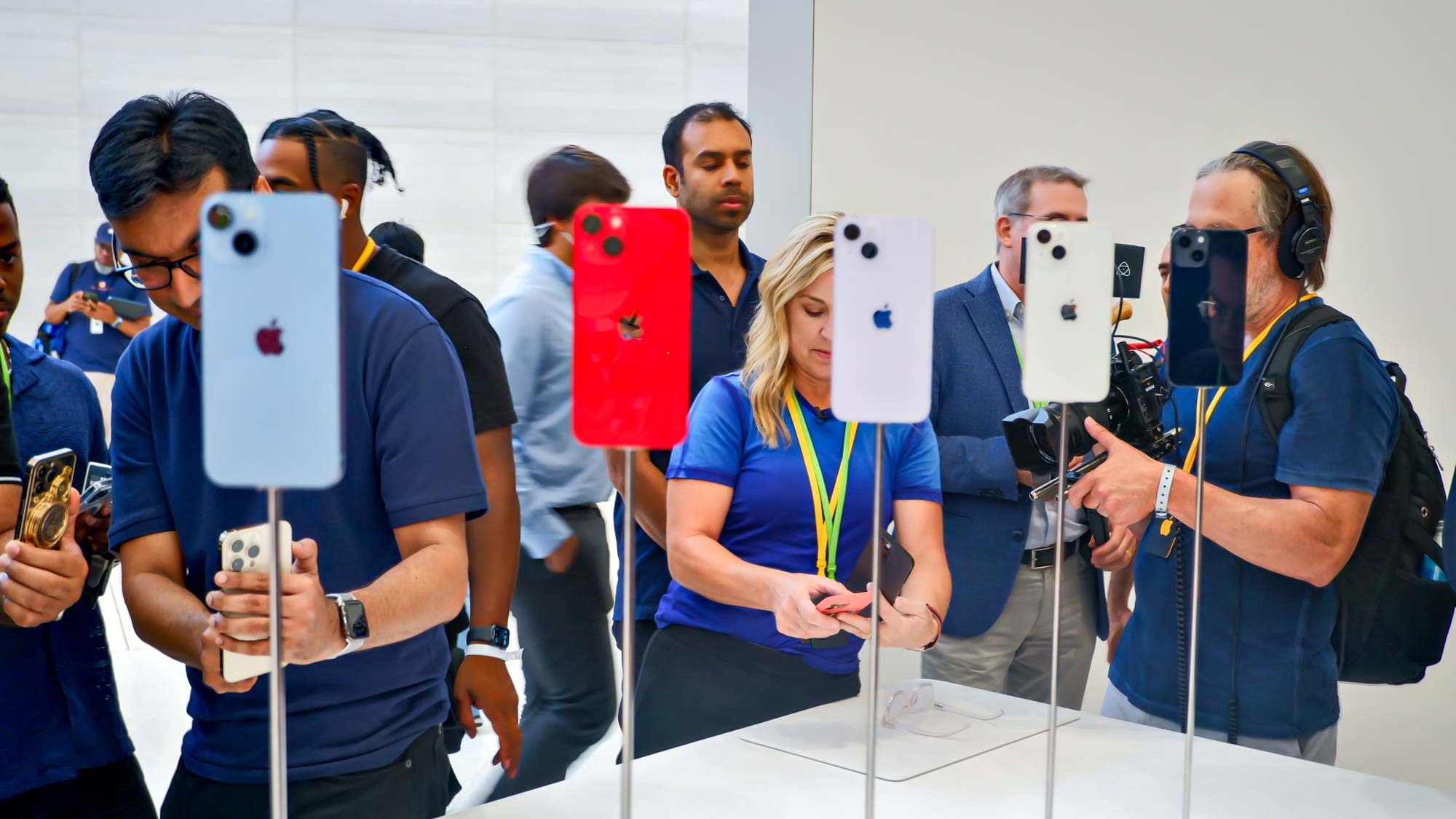
You waited patiently for Apple's September 7 event, and now the new iPhones are here. Well — almost here. iPhone 14 preorders begin Friday (September 9), with three of the four new models arriving in stores a week later. Sounds like it's time to consider whether an iPhone 14 upgrade is in your future.
Ideally, you'd wait until all the iPhone 14 reviews are in, but for some people who want to get their hands on a new phone right away. That's simply not an option. Fortunately, there's enough information out there about each of the four new models to at least take the guesswork out of whether to upgrade from your current iPhone or not.
We can't say definitively whether the iPhone 14, iPhone 14 Plus, iPhone 14 Pro and iPhone 14 Pro Max are worthy additions to our best iPhone rankings until we've tested and reviewed the new handsets. (You can check out our iPhone 14 Plus hands-on and iPhone 14 Pro Max hands-on for first impressions on those two devices.) But we can point out what new iPhone 14 features would most appeal to owners of current iPhones.
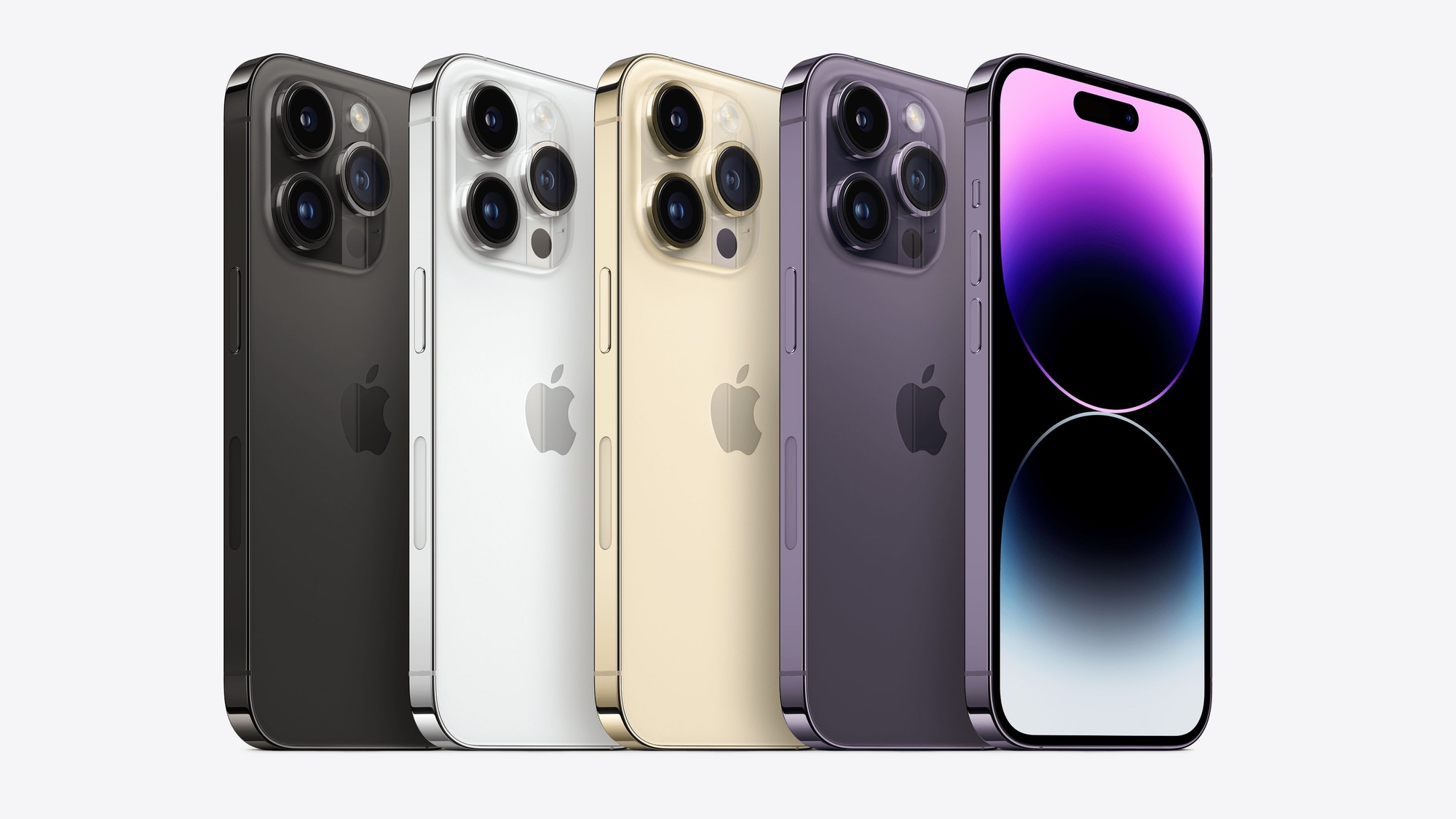
We're going to look at the last three years of iPhones, listing what each model has to offer and where the iPhone 14 could improve upon what you already have. For the purposes of this exercise, we're excluding the iPhone SE (2022), reasoning that if you bought this particular handset since its spring launch, you're not in the market for an upgrade. We're also excluding phones released in 2018 — the iPhone XR, iPhone XS and iPhone XS Max — or later. If your handset is four years or older, any upgrade is going to be a step up in terms of overall performance and camera capabilities; at that point the only reason to stick with your current device is because your budget simply doesn't allow for an upgrade to a new flagship.
With all that in mind, here's a look at who should be thinking about an upgrade to the iPhone 14 as we wait for the iPhone 14, iPhone 14 Pro and iPhone 14 Pro Max to hit stores on September 16. (The iPhone 14 Plus follows on October 7.)
iPhone 13
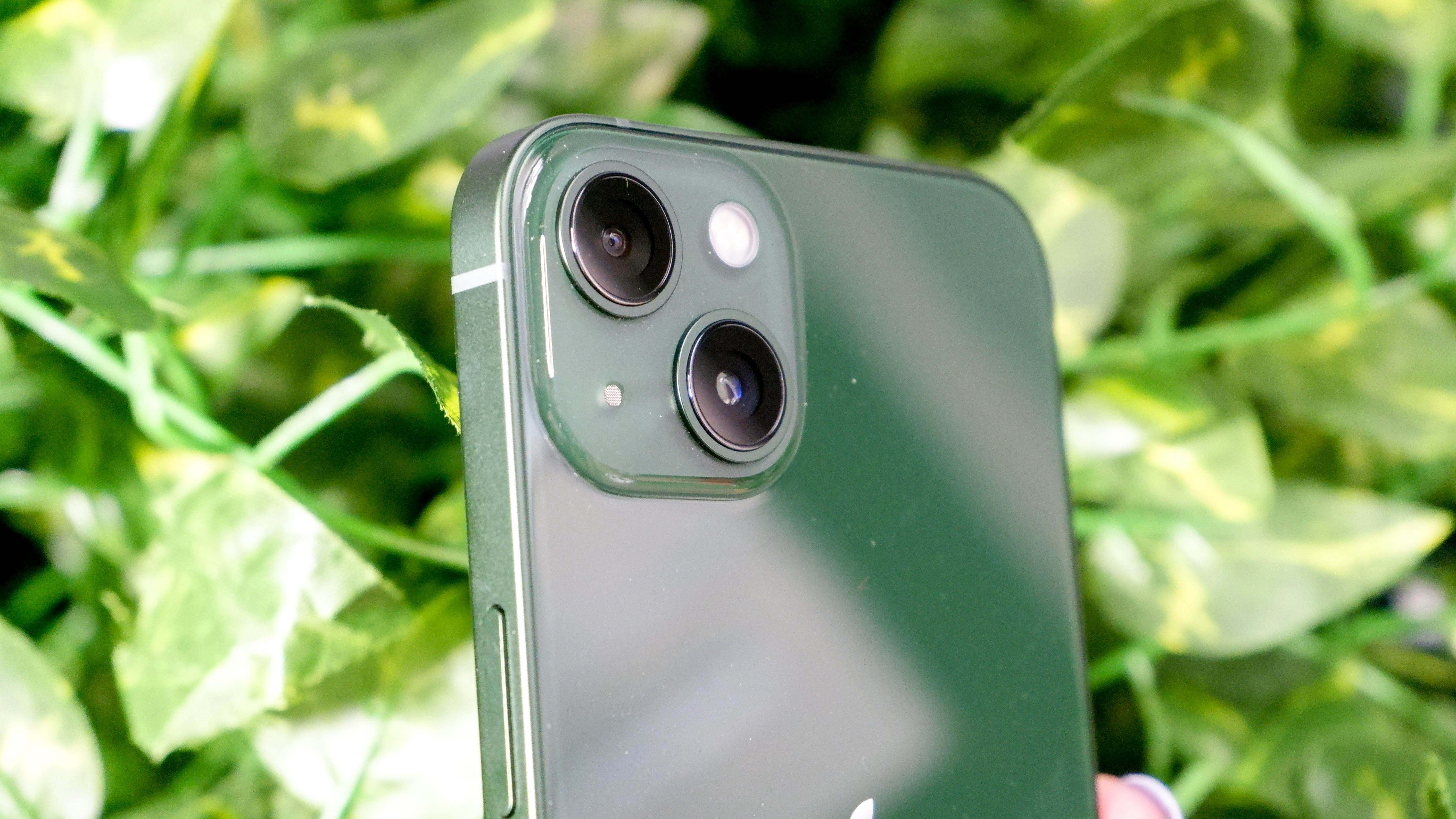
First released: September 2021
Best features: Best-in-class performance, bright display, superior cameras
Sign up to get the BEST of Tom's Guide direct to your inbox.
Get instant access to breaking news, the hottest reviews, great deals and helpful tips.
What's missing: No fast-refreshing display, slower charging than rival flagships
What to look for with iPhone 14: The days of upgrading your phone every year are long gone for most people, and the iPhone 14 vs. iPhone 13 differences illustrate that perfectly. The iPhone 13 remains an excellent phone in its own right, and the improvements the iPhone 14 delivers look more incremental than revolutionary at this point.
Start with the chipset inside the iPhone 14, which is essentially the same A15 Bionic silicon that the iPhone 13 uses. Technically, it's the iPhone 13 Pro version of the A15 Bionic, which has an extra graphics core. That should give a slight performance boost to the iPhone 14 over the iPhone 13, but not enough to justify buying a completely new phone on its own.
Other improvements over the iPhone 13 include new a crash detection feature and the ability to send emergency messages over satellite. The iPhone 14's main camera uses a bigger sensor than the iPhone 13, and the front camera has a wider aperture and autofocus now.
Upgrade outlook: The iPhone 14 figures to be an improvement over the iPhone 13, but not a particularly dramatic one. You can probably hold on to your current phone without suffering from excessive FOMO.
iPhone 13 Pro and iPhone 13 Pro Max
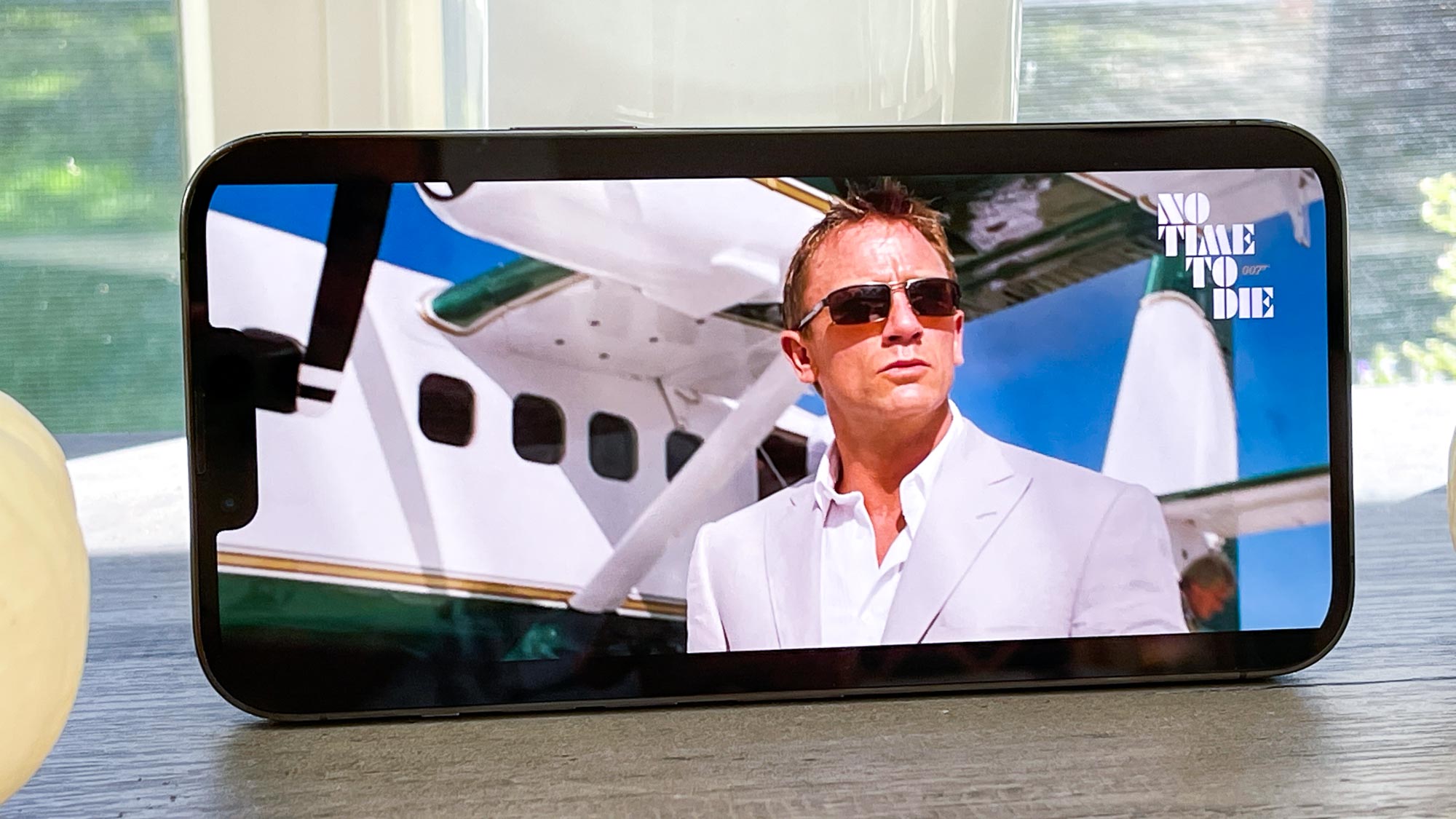
First released: September 2021
Best features: The best current cameras in a smartphone, brighter displays, A15 Bionic performance
What's missing: Faster charging
What to look for with iPhone 14: We're combining the two iPhone 13 Pro models which — apart from their different screen and battery sizes — essentially sport the same features. And since we declared that the iPhone 13 Pro Max was a "practically perfect phone," that leaves this year's models with a high bar to clear.
Based on what we've seen with the iPhone 14 Pro, Apple is certainly game to try. The new Pro models get a 4-nanometer A16 Bionic chip, which should top the performance of the A15-powered iPhone 13 Pro editions when we get the chance to benchmark the new models. The main camera gets an upgrade to 48MP, rumors claim, and we've seen the last of the notch on the iPhone 14 Pro displays with the new Dynamic Island feature. Alas, a rumored boost to charging speed did not come to pass.
Our iPhone 14 Pro vs. iPhone 13 Pro face-off goes into greater detail on potential improvements.
Upgrade outlook: If you really can't stand the notch or think improvements to the wide and ultrawide camera will make the best camera phones even better, you could make the jump from the iPhone 13 Pro or Pro Max to their iPhone 14 Pro equivalents. At least you'd pay the same price for this year's model, as Apple didn't raise the cost of the iPhone 14 Pro as had been rumored.
iPhone 13 mini
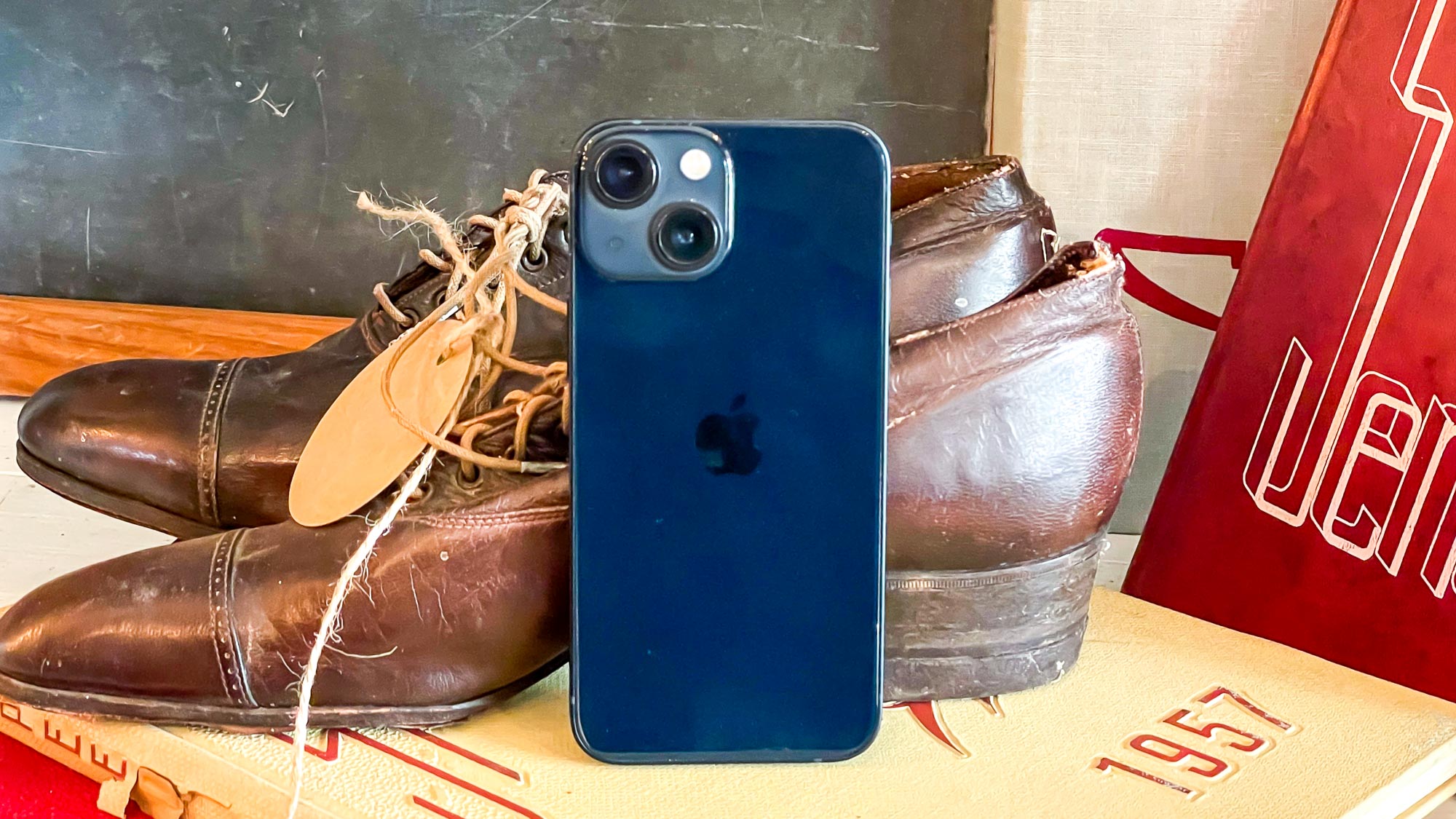
First released: September 2021
Best features: Stellar performance with A15 Bionic and excellent cameras
What's missing: Battery life — while improved from iPhone 12 mini — still lags average smartphones, charging limited to 20W
What to look for with iPhone 14: If you opted for the iPhone 13 mini when it shipped last year, it's likely because the phone's compact size and 5.4-inch display appeals to you. The iPhone 14 lineup doesn't scratch that particular itch, with Apple dropping the mini from its new round of devices. Instead, the phone maker is going the opposite direction, with a super-sized iPhone 14 Plus.
Jumping from a 5.4-inch phone to one with a 6.7-inch screen isn't something most mini owners are likely to do, so the phone to consider is the standard iPhone 14. It doesn't feature big changes from the iPhone 13 mini, even using the same A15 Bionic chipset, as we noted above. But the iPhone 14 should last longer on a charge than the mini if battery life has been a concern for you.
Upgrade outlook: Hang on to that compact iPhone 13 mini with all your might, because Apple is done with small phones at the moment.
iPhone 12
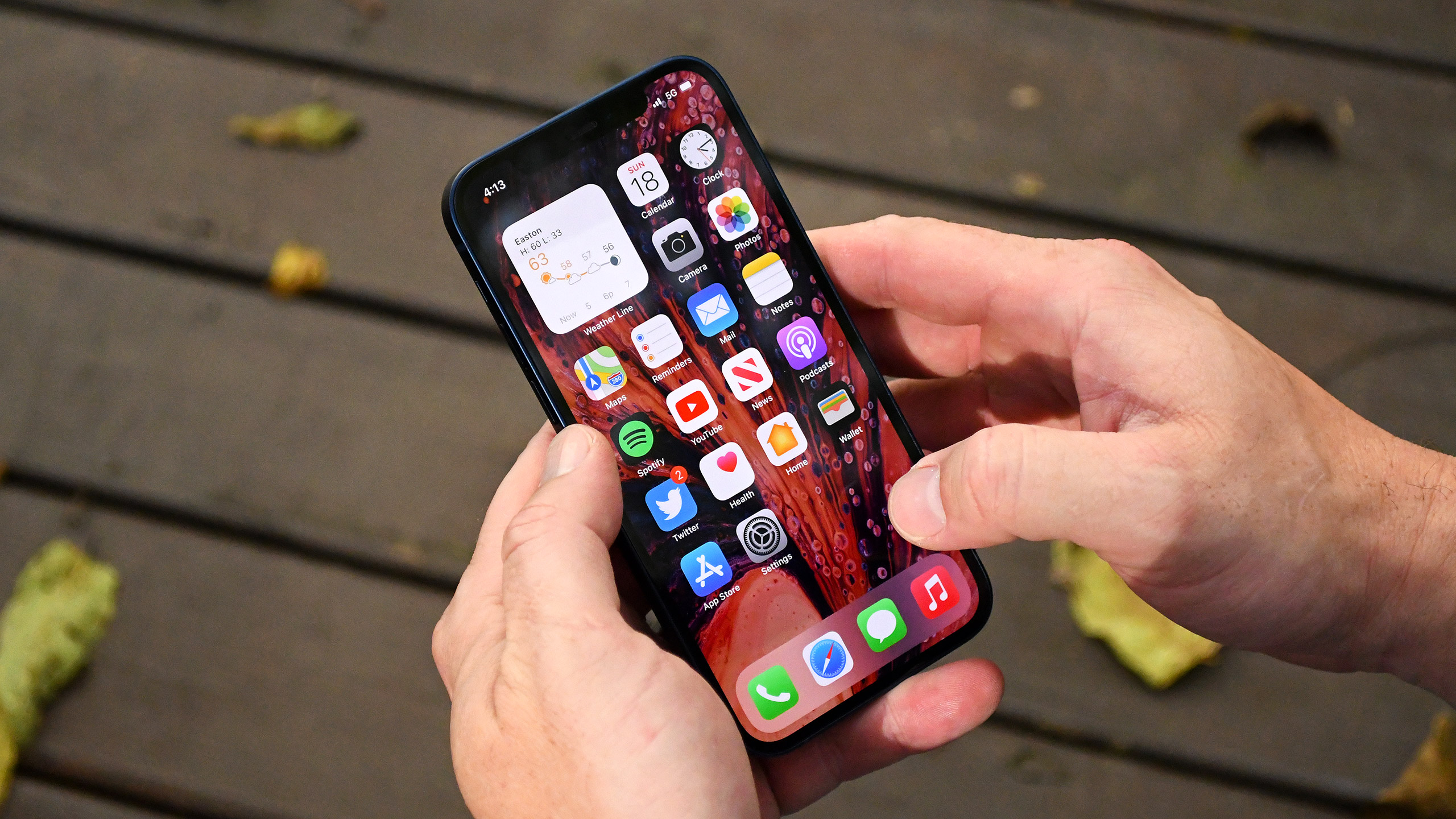
First released: October 2020
Best features: 5G support, excellent cameras, MagSafe-compatible design
What's missing: Long battery life, lots of storage in the base model
What to look for with iPhone 14: With the iPhone 12 celebrating its second birthday, it may be time to consider an upgrade, as the iPhone 14 will feature a lot of the same iPhone 13 vs. iPhone 12 improvements, plus a few additions that should make for a better phone experience. You can expect modest improvements from the A15 Bionic chip likely to power the iPhone 14, and all of Apple's new phones are getting an enhanced front camera and other features meant to improve low-light photography. (Here's our iPhone 14 vs. iPhone 12 comparison for a look at all the potential upgrades.)
You'll see the biggest jump forward by upgrading to an iPhone 14 Pro model, which benefits from a faster chipset and improved wide and ultrawide cameras. Even if you stick with the standard iPhone 14, you'll get more storage in the base model than the iPhone 12 offered — Apple no longer starts its flagship phones with 64GB of storage. Battery life should also be much better, though only testing will confirm this.
Upgrade outlook: The iPhone 14 seems to offer enough changes from the iPhone 12 to make an upgrade worth your while, especially with Apple keeping that $799 starting price for its base model. If you wanted to squeeze one more year out of your iPhone 12, though, an upgrade to iOS 16 should keep your phone feeling fresh enough until next year's new iPhones roll along.
iPhone 12 Pro
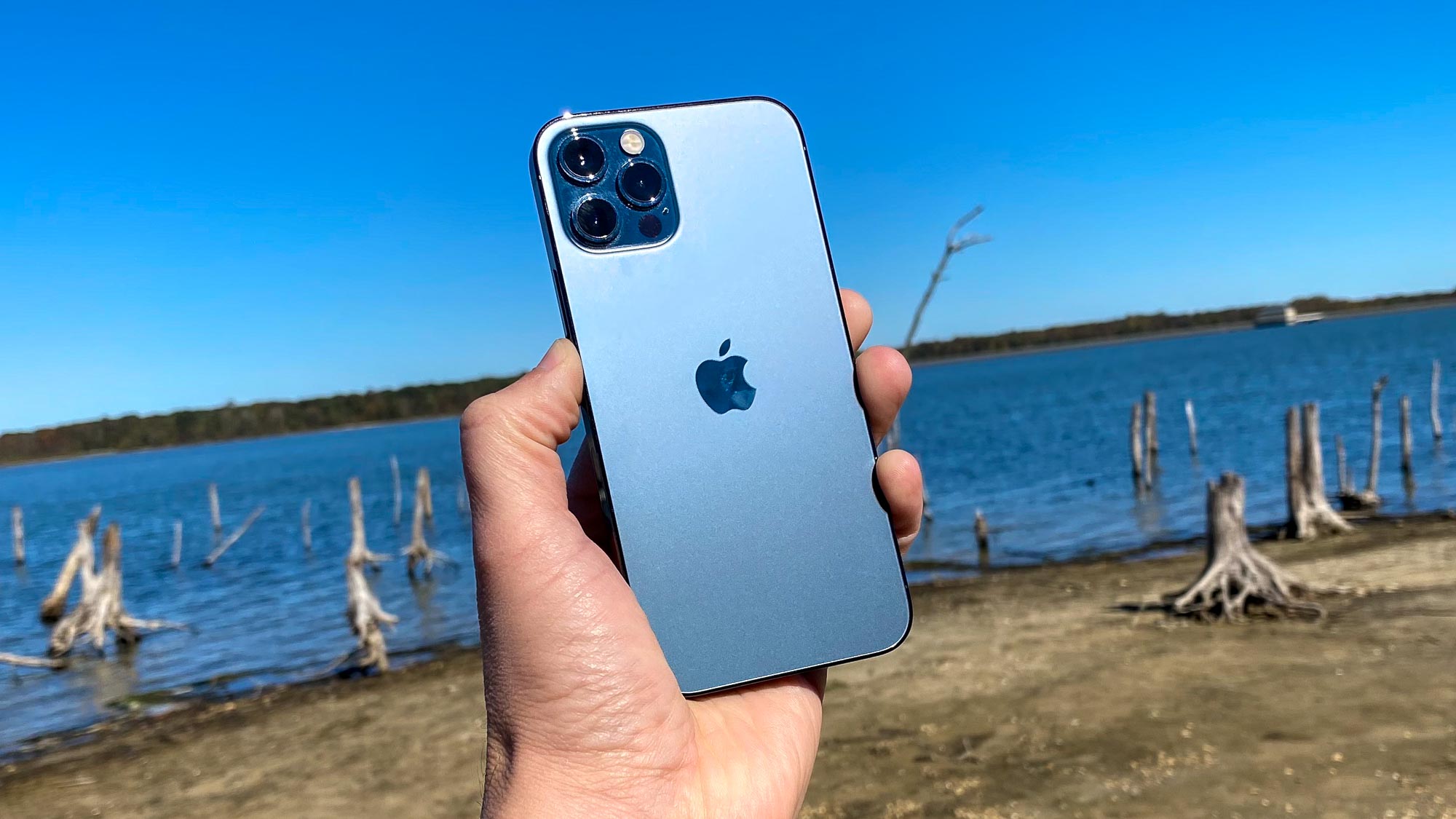
First released: October 2020
Best features: Terrific cameras, solid performance, durable design
What's missing: No fast-refreshing display, not a long-lasting phone, some exclusive iPhone 12 Pro Max camera features
What to look for with iPhone 14: We liked the iPhone 12 Pro a lot when it debuted two years ago, but Apple made some improvements with the iPhone 13 Pro release, and those are continuing with the iPhone 14 Pro.
If you stuck with the iPhone 12 Pro, you missed out on the adaptive refresh rate Apple introduced to the iPhone 13 Pro lineup; that feature is back with the iPhone 14 Pro and even improved. The new phones can scale down to 1Hz when the screen is static, which allows Apple's Pro models to adopt an always-on display feature for the first time.
A bigger battery in the iPhone 13 Pro meant improved battery life over this model, and the iPhone 14 Pro's battery is also expected to see an increase in size. (Apple doesn't announce battery sizes, so we're guessing.) The iPhone 12 Pro also lacked some of the camera features found in the iPhone 12 Pro Max, such as a bigger main camera sensor and a more powerful zoom, which is why we're separating this model from the Pro Max.
With the iPhone 14 Pro getting some substantial changes like improvements to the main and ultrawide lenses, the cameras figure to be a big step up from what iPhone 12 Pro users enjoy. The A16 Bionic chip in the iPhone 14 Pro should deliver a performance boost as well, and the lack of a notch on the iPhone 14 Pro models might appeal to some people.
Upgrade outlook: Of all the iPhone 12 models, the Pro is the one that figures to see the biggest changes by upgrading to a comparable iPhone 14 Pro model. That's not just because of the new features coming to Apple's latest phones, but also because of the iPhone 13 Pro upgrades you missed out on last year.
iPhone 12 Pro Max
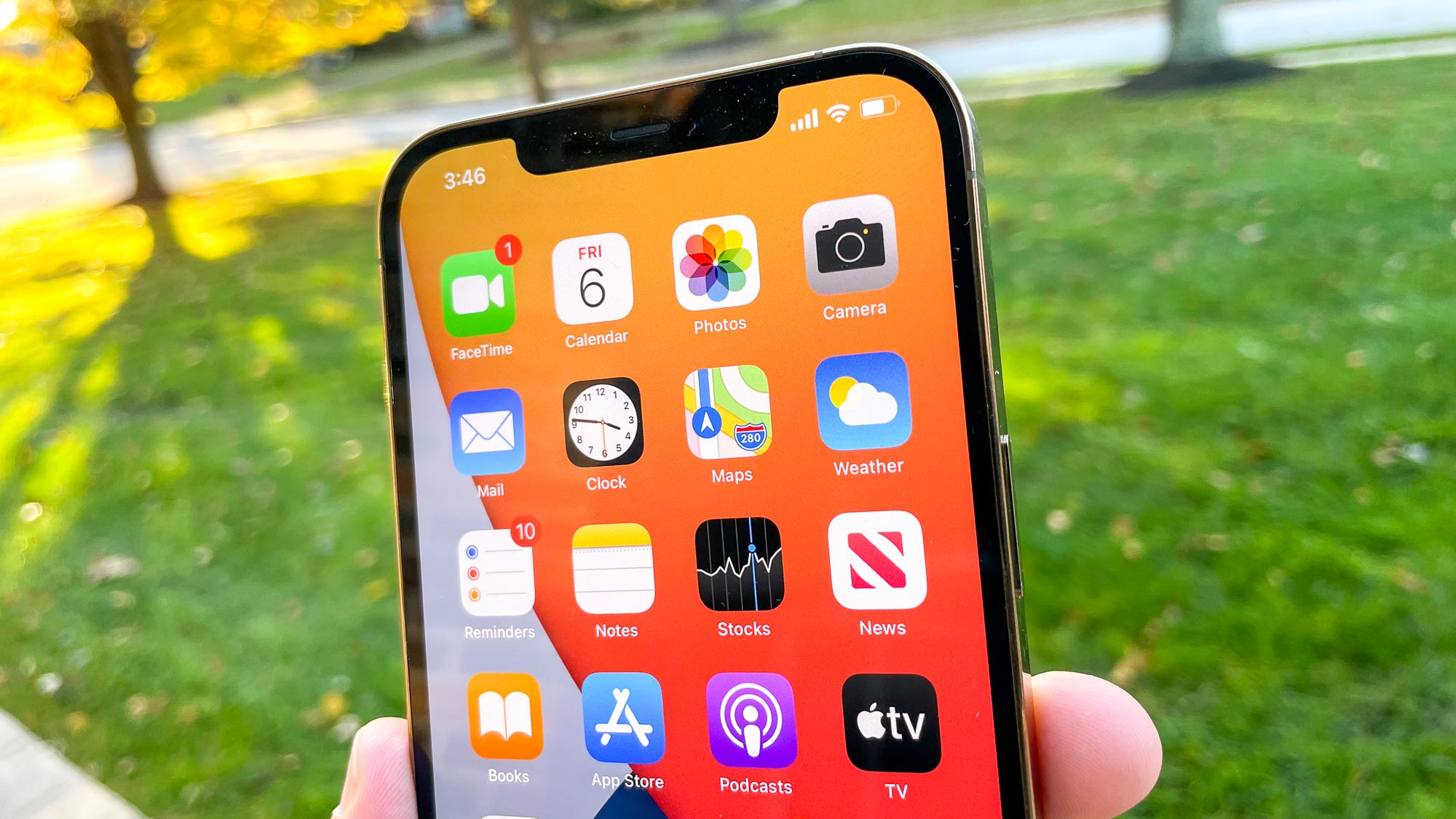
First released: November 2020
Best features: Top cameras, excellent battery life, stellar performance
What's missing: Fast-refreshing display
What to look for with iPhone 14: The iPhone 12 Pro Max was easily the gem of the iPhone 12 family, and if you bought the phone back when it came out, you're still enjoying a top device. Even with the improvements introduced with the iPhone 14 Pro Max — the better processor, upgraded cameras and lack of a notch, to name three — the iPhone 12 Pro Max will likely be able to hold its own against Apple's newer offering.
There is one area where the iPhone 12 Pro Max comes up short, though — the refresh rate of its display is stuck at 60Hz. Apple didn't add adaptive refresh rates to the iPhone Pro lineup until last year, so upgrading to the iPhone 14 Pro Max will give you a much more immersive screen and an always-on display.
Upgrade outlook: If a fast display refresh rate and always-on display are important to you, the iPhone 14 Pro Max offer both features. Otherwise, the iPhone 12 Pro Max will continue to enjoy solid performance while adding new features via the iOS 16 software update.
iPhone 12 mini
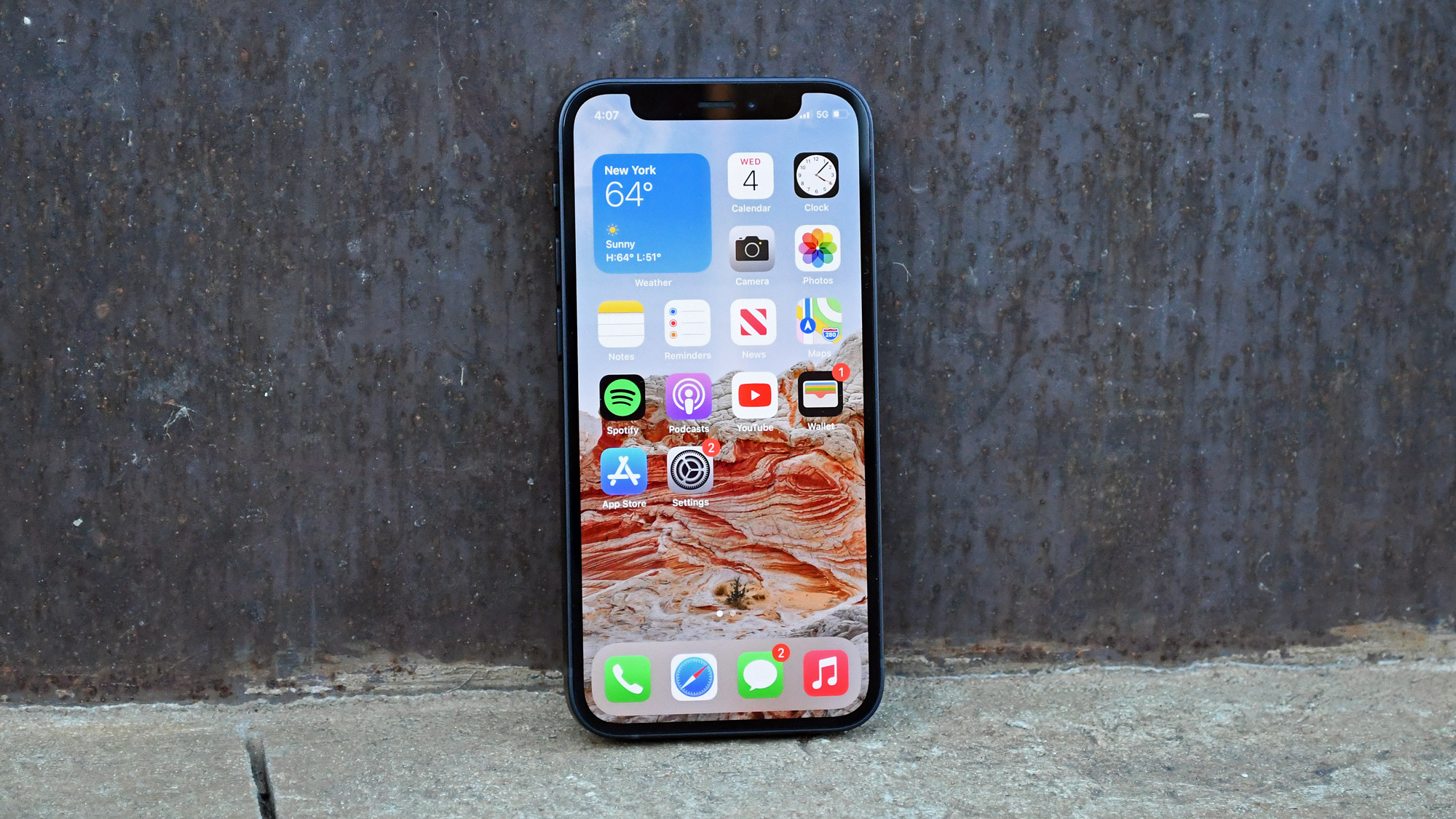
First released: November 2020
Best features: Compact design, still impressive performance
What's missing: Long battery life, lots of storage in the base model
What to look for with iPhone 14: iPhone 12 mini owners face the same dilemma as anyone with an iPhone 13 mini, only with a device that's a year older — there's no mini model in the iPhone 14 lineup.
That means if you want a phone that lasts a long time on a charge — and battery life was the iPhone 12 mini's biggest flaw when we first reviewed it — the most compact phone you'll be able to get is the 6.1-inch iPhone 14. On the bright side, that device should have a bigger battery than your current device and a chipset with better power management, too. You're also getting 128GB of storage in the base model after the iPhone 13 family did away with the paltry 64GB base option.
Upgrade outlook: iPhone 12 mini owners who want a longer lasting phone should consider an upgrade. But if the compact form factor of your current device is your favorite thing about it, maybe cling to the mini for another year, and hope that Apple sees the light on small phones in time for its 2023 release.
iPhone 11
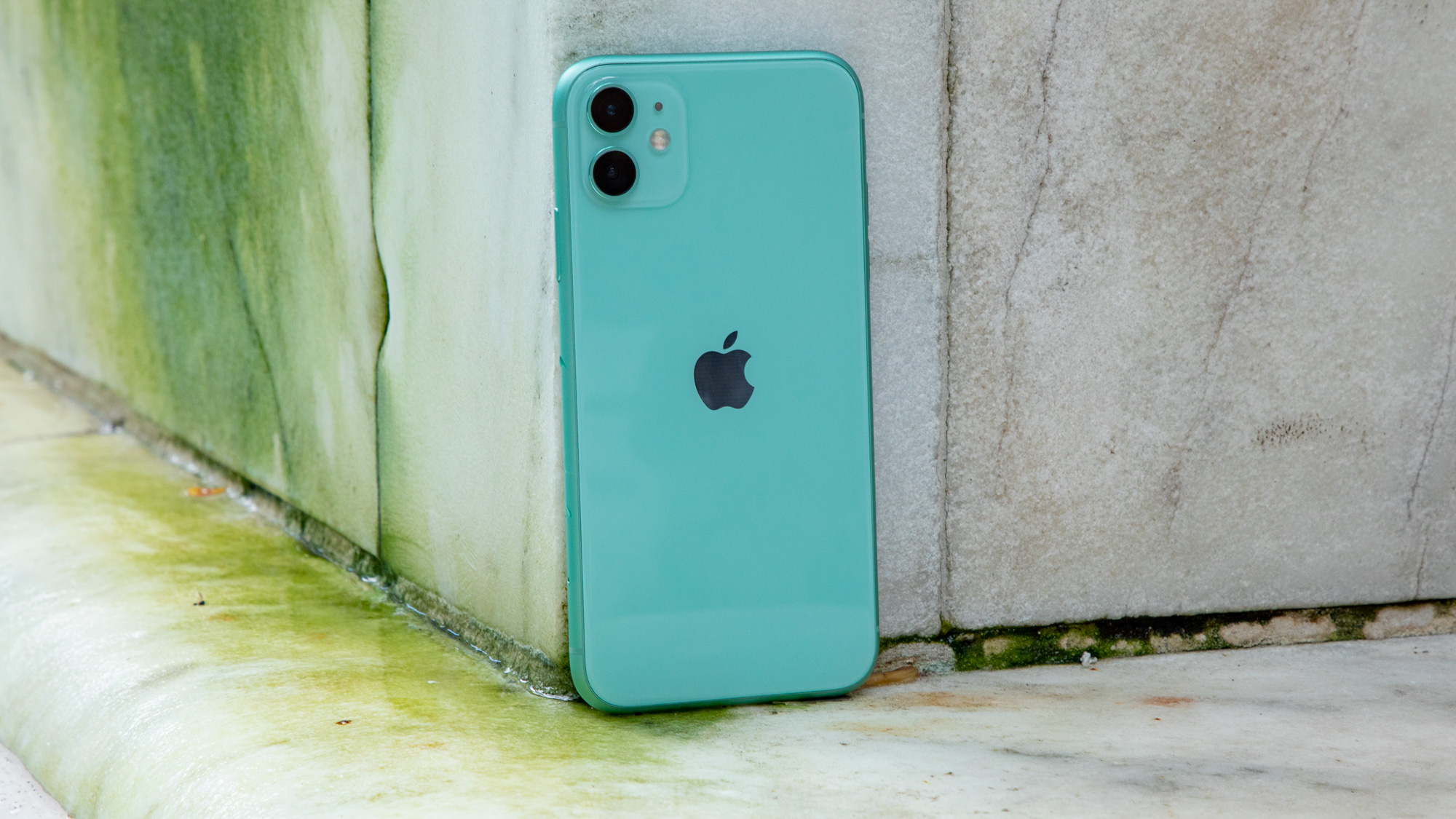
First released: September 2019
Best features: Dual camera setup, Night mode, still decent performance
What's missing: No 5G support, only 64GB of storage in the base model
What to look for with iPhone 14: The A13 Bionic powering the iPhone 11 was the fastest chip when it came out, and you can say the same thing about the A15 Bionic that's now powering the iPhone 14 and iPhone 14 Plus models. (That latter version gives you a 6.7-inch display if you find the iPhone 11's 6.1-inch panel too restricting but have balked at paying iPhone Pro Max prices.) Upgrading to the iPhone 14 will get you all the camera upgrades you missed out on with the iPhone 12 and iPhone 13, though the Pro models feature the more exciting camera overhauls.
If you opted for the iPhone 11 at any point in the last three years, you likely found the phone's bright color options appealing. That's continuing with the iPhone 14, which sports an eye-catching purple colorway in addition to black, white, red and blue. (Check out our full report on iPhone 14 colors to see your options.)
Here's a look at potential iPhone 14 vs. iPhone 11 changes.
Upgrade outlook: Three years is a long time to go between iPhone upgrades, so if you make the move to the iPhone 14, you'll benefit from the A15 processor, battery life improvements and better cameras on the newer phones.
iPhone 11 Pro and iPhone 11 Pro Max

First released: September 2019
Best features: Bright OLED screen, triple camera setup, still solid performance
What's missing: Storage in base model is skimpy, iPhone 11 Pro screen is pretty small
What to look for with iPhone 14: As with the iPhone 11 above, just the regular changes Apple has introduced in the last two upgrade cycles would mark an improvement over the everyday experience of iPhone 11 Pro and iPhone 11 Pro Max users. Throw in the upgrades to the processor, cameras, battery size and design of the iPhone 14 Pro models, and an upgrade will be a big leap forward.
Because the iPhone 11 Pro featured a 5.8-inch screen, owners of that device should have another option to upgrade without paying iPhone 14 Pro prices. The iPhone 14 Plus features a 6.7-inch phone for $899, and its processor should be a step or two ahead of the A13 Bionic inside the iPhone 11 Pro. You could save another $100 by turning to the iPhone 14, since its 6.1-inch screen is still larger than the iPhone 11 Pro's.
Upgrade outlook: If you're willing to pay up for the iPhone 14 Pro models, you could be in for a night-and-day experience from what you're used to with the iPhone 11 Pro or Pro Max. Faster performance, improved cameras and faster charging are available in the newer devices.
iPhone SE (2020)

First released: April 2020
Best features: Low price, good camera, wireless charging support, compact design
What's missing: Ultrawide lens, Night mode, 5G compatibility
What to look for with iPhone 14: If the iPhone SE (2022) didn't prompt you to upgrade from this 2-year-old device, maybe there's something in the iPhone 14 lineup that will tempt you. It certainly won't be the small screen size, as the new iPhones have ditched the mini. Still, in every other way, the iPhone 14 is an upgrade over the older iPhone SE.
As good as the iPhone SE 2020's A13 Bionic chipset has proven to be, the A15 powering the iPhone 14 will deliver better performance. You'll also get an ultrawide lens with the iPhone 14, an upgrade from the lone rear camera on the SE. And unlike the more recent SE models, all of Apple's iPhone 14 offerings feature support for night photography.
Upgrade outlook: As big a jump as it will be from the 2020 iPhone SE to this fall's iPhones — both in size and feature set — you'll need to pay at least $799 for a new Apple handset. Frugal iPhone SE 2020 users looking to upgrade may want to consider discounted iPhone 13 models that remain in Apple's lineup after the iPhone 14 launch, as those 5G phones are a step up, too, even if they're not Apple's latest and greatest models. The iPhone 13 mini, for example, costs $599 now, and it's even more compact than the SE despite its bigger screen.
Philip Michaels is a Managing Editor at Tom's Guide. He's been covering personal technology since 1999 and was in the building when Steve Jobs showed off the iPhone for the first time. He's been evaluating smartphones since that first iPhone debuted in 2007, and he's been following phone carriers and smartphone plans since 2015. He has strong opinions about Apple, the Oakland Athletics, old movies and proper butchery techniques. Follow him at @PhilipMichaels.

